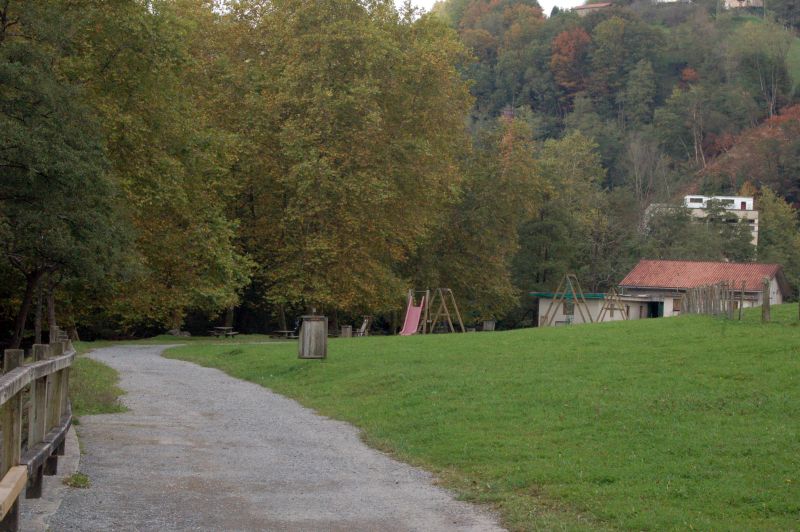
Puntos de Interés

Orography
Part de Son Bou
Prat de son Bou, also known as Ses Canessies coastal lagoon, covers 80 hectares and is one of Menorca's main wetlands, the most important on the south coast.
Formed by the torrents in Son Boter ravine (to the west) and Des Besc ravine (to the east), this coastal marsh is separated from the sea by the sandy arm that forms Playa de Son Bou (Son Bou Beach) and Playa de Talis (Talis Beach).
This wetland has an irregular water regime, with areas that are temporarily waterlogged and others where the water level is maintained throughout the year. In the former areas the vegetation consists of reeds (Phragmites australis), cattails (Typha angustifolia) and hedge bindweed (Calystegia sepium), while in the areas where the water is maintained all year-round vegetation includes salt cedar (Tamarix spp.) and sea rushes (Scirpus maritimus) on the edges, and hydrophytes (genera Potamogeton and Zannichellia) in the water.
Hundreds of water birds (mainly ducks and herons) frequent the lagoon in winter, and during spring and summer the vegetation serves as a breeding area for some species such as mallards (Anas platyrhynchos), coots (Fulica atra) or common moorhen (Gallinula chloropus). It is also easy to spot the colourful Western swamphen (Porphyrio porphyrio).
In the mid-20th century, part of this wetland was used to grow rice in response to the need for food during the post-war period. After flooding the land, the rice was sown at the end of June and harvested at the end of the summer.


